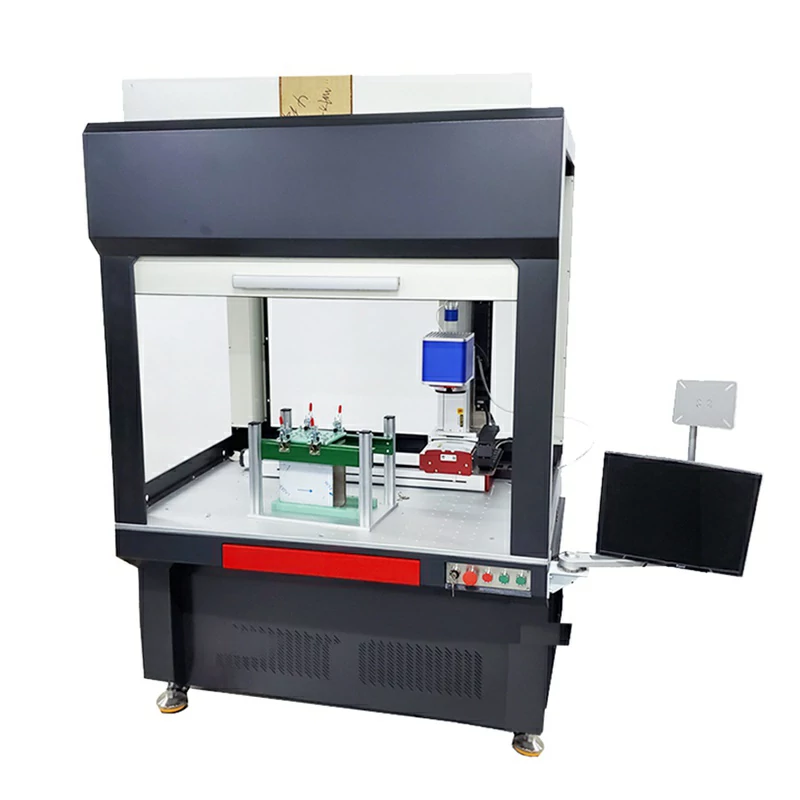Top cover welding The top cover of the pre-welded battery...
How to test the static voltage of a single battery
The static voltage can reflect the battery charging state and whether there are potential problems. This paper will introduce in detail the instrument selection, operation steps and precautions for testing the static voltage of single battery.
Required instruments
Digital Multimeter (DMM)
The digital multimeter is the main tool for testing static voltage and is able to provide accurate voltage readings. Choose a digital multimeter with good accuracy and stability to ensure that its battery condition is normal and that it has sufficient voltage measurement range.
Battery fixture (optional)
If the battery needs to be tested frequently, the use of a battery jig will help to connect the probe more easily and quickly, reducing the risk of poor contact.
Protective equipment (optional)
Including gloves and goggles. Wear appropriate protective gear to ensure safety when handling damaged or aged batteries.
the operation steps of static voltage test
Preparation
Ensure that the test environment is dry, clean, and in the appropriate temperature range (usually 20°C to 25°C). Select a single cell to be tested and check its appearance to ensure that there are no leaks, swelling, or other obvious damage.
Set up the digital multimeter
Set the digital multimeter to "DC Voltage (DCV)" and select the appropriate range (e.g., 20V for most lithium batteries).
Connect the test probe
Connect the red probe of the multimeter to the positive terminal of the battery and the black probe to the negative terminal. Ensure that the probe is in good contact and avoid contact with other metal parts, thereby reducing the risk of short circuit.
Read the voltage value
After waiting for the display of the digital multimeter to stabilize, the displayed static voltage value is read and recorded. This value is the static voltage of the tested battery.
Repeat test (optional)
If one wishes to evaluate the battery state more accurately, multiple measurements can be taken at different time periods, especially observations after charging or discharging.
Analyze the test results
Normal range judgment
According to the different battery types, determine the normal range of its static voltage:
Lithium-ion batteries: usually between 3.0V and 4.2V, nominal voltage is 3.7V.
Lead-acid batteries: The normal range is between 12.0V and 12.6V, with 12.6V indicating a fully charged battery.
If the measured voltage is below the normal range, it may mean that the battery needs to be charged or there is a fault.
Failure analysis
If the static voltage is persistently low, it may be necessary to further check the electrolyte level of the battery, its appearance or consider the use of professional equipment for more in-depth diagnosis.
Precautions
Safety first: In the test process, be sure to avoid battery short circuit, do not let the probe contact with other metal parts.
Regular maintenance: Regular testing of the static voltage of the battery to detect potential problems in time can extend the service life of the battery.
Environmental impact: Pay attention to temperature and humidity changes in the test environment, extreme environments may affect battery performance and accuracy of static voltage.
Understand the battery specifications: Understand the specific model and specifications of the battery to be tested before the test, so as to correctly determine whether the voltage is within the normal range.
Conclusion
Testing the static voltage of a single battery is a simple and effective method for battery maintenance. The health status of the battery can be quickly assessed with appropriate tools and standardized operating steps. Performing this test regularly will help detect and deal with battery problems in a timely manner, ensuring the normal operation of the device and the long life of the battery. Mastering this skill is essential for any operation involving battery use or maintenance.

Home energy storage product series
A lithium battery pack for home energy storage systems, which is compatible with solar panels and the sun The inverter can work together with the power grid to power household appliances, and it can also be used as a For off grid systems.
Extended reading
Liquid injection encapsulation
Liquid injection encapsulation The electrolyte is known as the “blood”...
THE ESSC Brand promise
Global supply
Our products sell well all over the world, covering many countries and regions, through the global logistics network, to provide customers with convenient purchasing experience.
Rigorous quality
We adhere to the highest quality control standards to ensure every product meets industry regulations and customer expectations, earning trust through consistent excellence.
Excellent service
With a customer-centric approach, we provide prompt responses, professional support, and personalized services, aiming to deliver the best user experience and long-term value.


